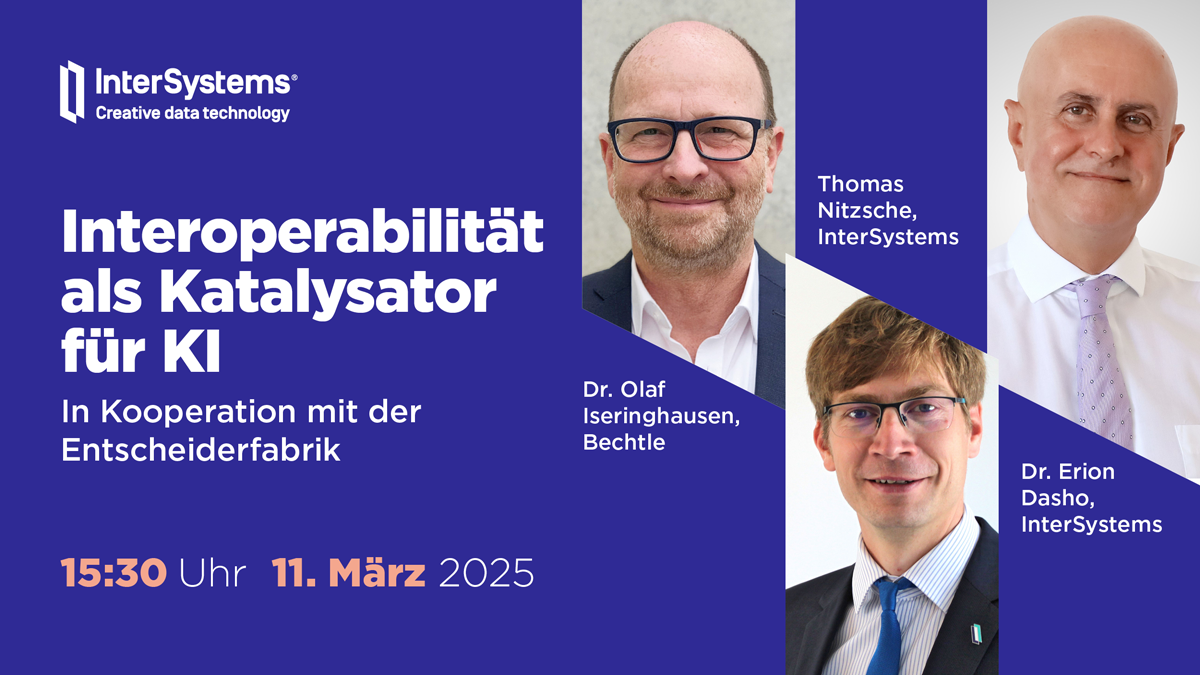I already mentioned in a Previous post I am trying to build a list from a repeatable field within a HL7 message. I figured out how to build the list by using a context list string variable within the Business Process (BPL) and doing a
InterSystems Developer Community is a community of
25,013 amazing developers
We're a place where InterSystems IRIS programmers learn and share, stay up-to-date, grow together and have fun!



.png)